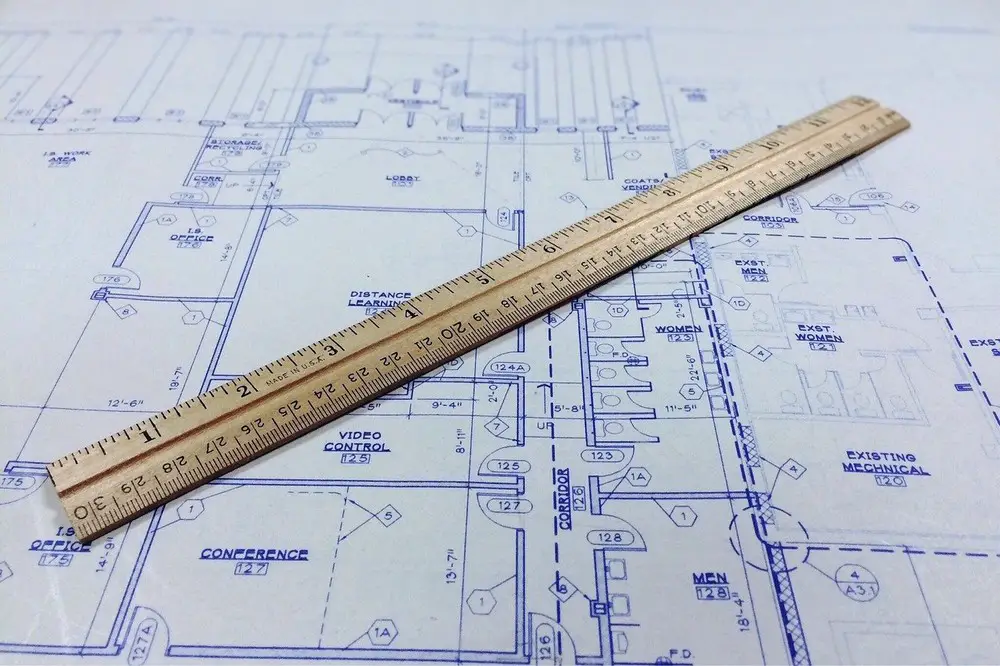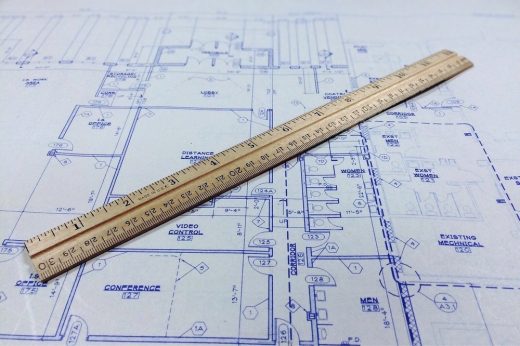Legal responsibilities of an architect, Building designer tips, Architecture studio advice
The Legal Responsibilities of an Architect
post updated 10 February 2024
Whether in charge of visual facade or entire project planning, architects offer support and counsel that surpass design specifications. As a mediator, they harmonize ultimate needs of the owner, with design principles from authorities, builders and engineers.
Being an intermediary is not is not one of the most relaxing roles. In fact, it only adds up frustrations and dissatisfaction in an already complicated career. Furthermore, the intricate legal aspect requires an acquainted architect with law knowledge at their fingertips. An ideal solution to a stress-free project running is to draft a legal contract than clearly pin points architect’s tasks.
27 April 2021
Basic Contract Requirements
An ideal contract contains important input from qualified accountants and employment lawyers. Most important, it should follow the American Institute of Architects contract A201 standard form or other equivalent outlines. Sometimes, experienced contractors create a personalized version of the contract for their clients. The main reason behind this is to avoid task confusion among builders or owners.
For instance, the proprietor may assume tasks initially designated for architects. To avoid conflicts, a proprietor should engage an independent designer. Afterwards, an architect should take over in the entire execution of activities. Once done, the role shifts to the contractors who ensure that project runs as per design specifications.
Failure to achieve this enhances chances of litigation in the future. Therefore, contractors should execute their services professionally and with minimal negligence. Below are distinctive project obligations that an architect should follow to the letter.
Development and Coordination of Plans and Specifications
Following design plans as stated in the contract remains one key responsibility for architects and contractors. In the process, the personnel concentrate on technical specifications and responsibilities. In addition, they award subcontracts and ensure that contractors follow specifications given. All in all, a positive outcome depends on the input from contractors and architects.
Accuracy in Documentation and Contract Reviews
In any construction, proper preparation of project specification and plans is vital. For instance, if hiring a motor, architects should rightly mention specifications like voltage and its role in the project. Remember that builders and contractors rely on architectural proficiency to give better results. Therefore, architects must create accurate and realistic plans or specifications.
Stick to Specific Design
An inadequate design pushes contractors to use alternative options to fill in gaps. Even on a good intention, the incorporated design can instigate litigation. In such a scenario, constructors should proceed with the task without redesigning it. However, if there is a conspicuous deficiency, they can draft agreements with architects and owners on the new changes. Bottom line is strictly use the plan given unless otherwise.
Check on Design Workability
Assembling design details on paper should work the same way in actual construction. It is of essence that designers checks on proper measurements and function ability of the design. Later, architects and contractors, including experts like those at M P Chartered Architects, confirm if materials, equipment, and measurements meet the standards.
Follow on Code Compliance
A designated design should comply with building, safety, and fire codes. For that reason, architects should have thorough knowledge on all applicable codes. Likewise, they should willingly represent the business if authority contest codes compliance.
Document Interpretation
Both for dispute solving and clarifications, architect should interpret documents used in the project. This touches on the design plan and contract documents. Likewise, they act as a jury or judge between owners and contractors when discussing contract matters.
Approval and Review of Submittals
Amongst architect’s task, this is the most taxing and time-consuming. Given that there is high likelihood of abuse, proper approval requires timely and accurate submissions from contractors. Then, using the specifications mentioned on the agreement, architects act on each submission.
Punctual Response
The ability to accomplish a project on time depends on architect’s promptness in running their activities. Major tasks that architect should respond on sound speed include requisitions, site inspection, design approval, issue documents and change orders.
Work Evaluation
It is vital that project run according to the contact specifications. Main activities that govern evaluation include ground inspection, testing, and verification of task in comparison with the payment.
Good Judgment, Diligence and Expertise
Ability to accomplish tasks under set standards is one chief element for an architect. Furthermore, they should portray competence and intelligence and attentiveness throughout the process.
Coming up with beautiful architectural creations is not a task for the fainthearted. To add salt to the injury, tight deadlines within a specific timeline make it more complicated. Despite the challenges, architecture is a rewarding business that exhibit creativity to greater lengths. For a more fulfilling experience as an architect, empower yourself on industry technicalities and legal aspect.
Comments on this Legal Responsibilities of an Architect article are welcome.
Architects and Buildings
Architecture articles selection:
Comments / photos for the Legal Responsibilities of an Architect page welcome






